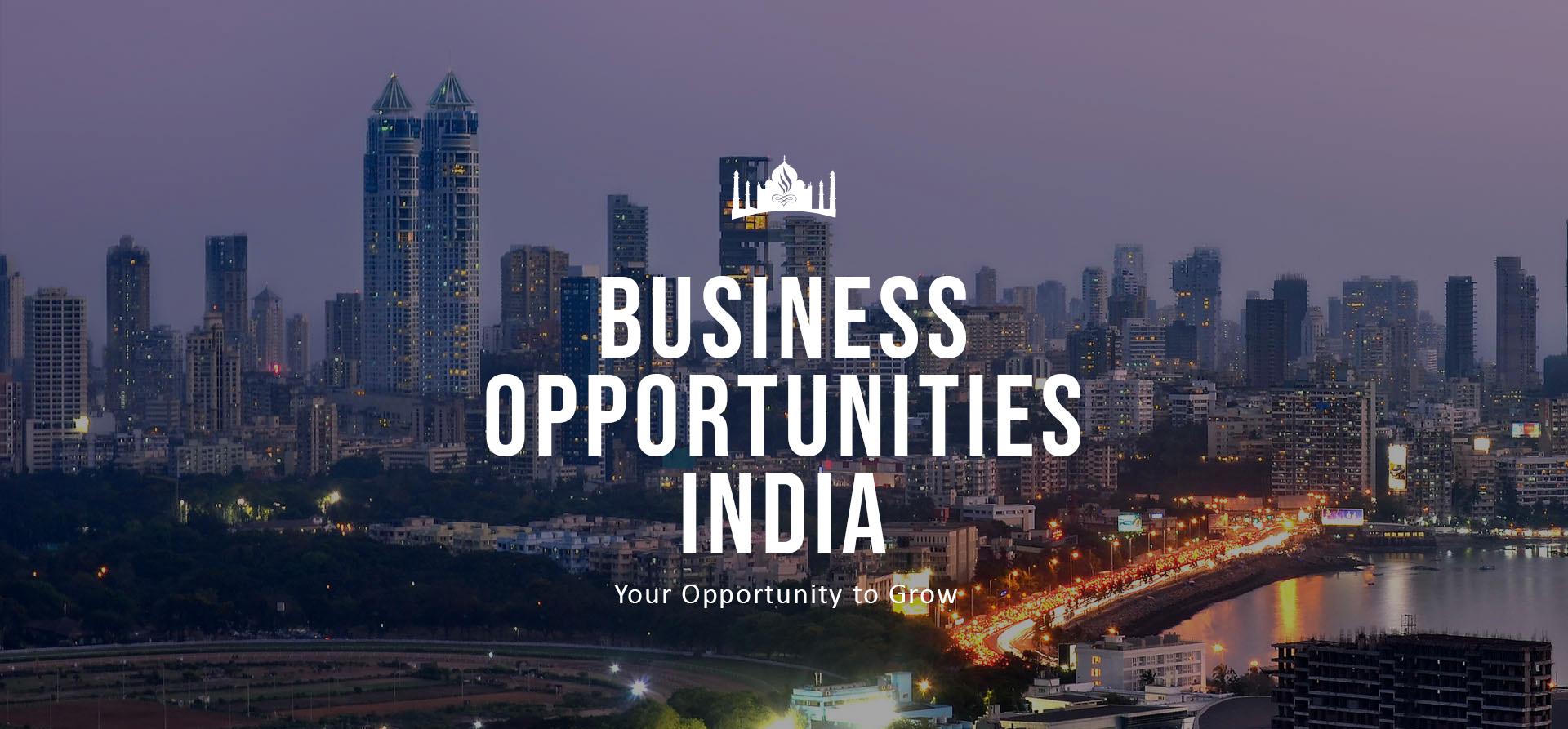India’s Toughest Trekking Tours: Courage Is A Must
There is something fine in the dash of a torrent and the wildness of a mountain desert.
George Trebeck on Ladakh, 1820
“Has anybody done the trek from Zangla (or Padum) to Hemis via Cha Cha La (Chalalachaur) and Rubrang La?”
“Is it true that it July and August are to dangerous because of high water in the gorges?”
“What about the trek from Hemis, across Karnak, to Pang? Is it difficult to find a guide or horseman who knows the route?”
“Is it a good idea to combine that with Markha Valley?”
Questions that are often asked, with a resounding “Yes” as the simple answer for each.
Although not an entire adventure in India but rather one that begins in Nepal and includes the union territory of Ladakh, the Jhunglam or ‘middle way’ is a wild, remote network passages and narrow canyons, considered one of the most dangerous treks in the world.
It starts at the world-renowned Hemis monastery, and leads to the demanding and stunning Zanskar valley.
Taking 10 days over 140km, it is wide and stony riverbeds, high passes, and deep, deep ravines for this Tibetan trader route that an early snow will close. It’s a passage passable only in autumn when low rivers offer the safe negotiation of its narrow gorges. Maximum elevation is 5260m with elevation gains of 4792m and losses of 4895m.
Many have tried and failed the Jhunglam trek in mid-August because it’s just too hairy. People hiking the other way from Rara Daha often have a better chance of making it, but why add the risk of unsuitable weather to the already most perilous treks on the planet?
A solo Czechoslovakian tried this trek during July and August in 2004, when the water rose on the rapids. It prevented his progress, which wouldn’t be so bad but he was trapped between two sets.
Couldn’t go forward: couldn’t go back.
So for sometime between one and two months, water captured a man on the high of the earth and under cover of a low sky, and he was utterly, utterly helpless.
We know we should never underestimate nature and her power, yet we continue as an arrogant species, to wreak havoc upon her. Still, nature used nothing but herself against him; and with he having nothing but himself, locals found him a few weeks later having starved to death.
Guide books aside, when locals say it’s too risky to trek during this time, it is. Monsoon season, after all. And not the Edina and Patsy kind.
The Hemis to Pang trek has the challenge of crossing the Rubrung or Zalung Karpo La in that the valley is 4200m+ on the other side; quite a jump from the 3600m of the Markha side. The trail goes up from then on, so altitude issues mean you have to go up before you get down.
That said, many have done it three or four times because it’s a recognised and obvious route, therefore deemed safe. For those not having done Ladakh before, it’s recommended to start in Markha since it’s easier on the boots and brain than Karnak, and more importantly, if you dont like it in Markaha you can stop and get out easily.
Remote valleys, high passes, ochre-hued and ancient monasteries and Zanskari villages in harvest time sit under the blue skies and fresh breath of early winter, in an autumn Himalayas. This trek is a true taste of the ancient Kingdom of Zanskar with a just a bit of the refreshing bite of early winter in the air. Blue skies and few tourists make this wonderful time of the year to trek in the Himalayas.
Indian travel operators can learn from how Australians market their harshest, cruellest trips to their advantage for the toughest foot journey in India, and sixth most dangerous on the planet, being the Chadar Trek. “Chadar” means “blanket” in reference to the ice cover. It too takes ten days, and reaches altitudes of up to 3330m. Chadar became one of the most famous treks in India after images of barefoot Buddhist Monks walking along the river surfaced in magazines all over the world.
Never underestimate nature, and never focus on the bare feet of the Monks: this trek is far, far beyond the abilities of the weak, ill prepared, or faint hearted.
You may have courage, but it’s a paltry ante for the terrain and its conditions. And if mettle is not your forte Australia’s Simpson Desert best tackled via a Tag Along four wheel drive is probably a much more suitable, and enjoyable endeavour.
This trek crosses the frozen river of Zanskar that can be either a solid sheet of ice, or the frozen lid to gurgling water underneath. The river can shift, breaking whatever ice there is, and the only way to continue is by way of treacherously slippery rocks along its banks. This isn’t the only dangerous aspect of this trek; cold weather is a big part of what makes it such a tough journey. Average temperature is below zero, and at night can reach minus 34°C. Sleeping in caves in these temperatures is a massive test for any experienced hiker. willpower. With the appropriate gear, confidence and knowledge of personal ability, mental and physical fortitude, this tough and arduous hike rewards those with the courage an absolutely unforgettably spectacular adventure.

